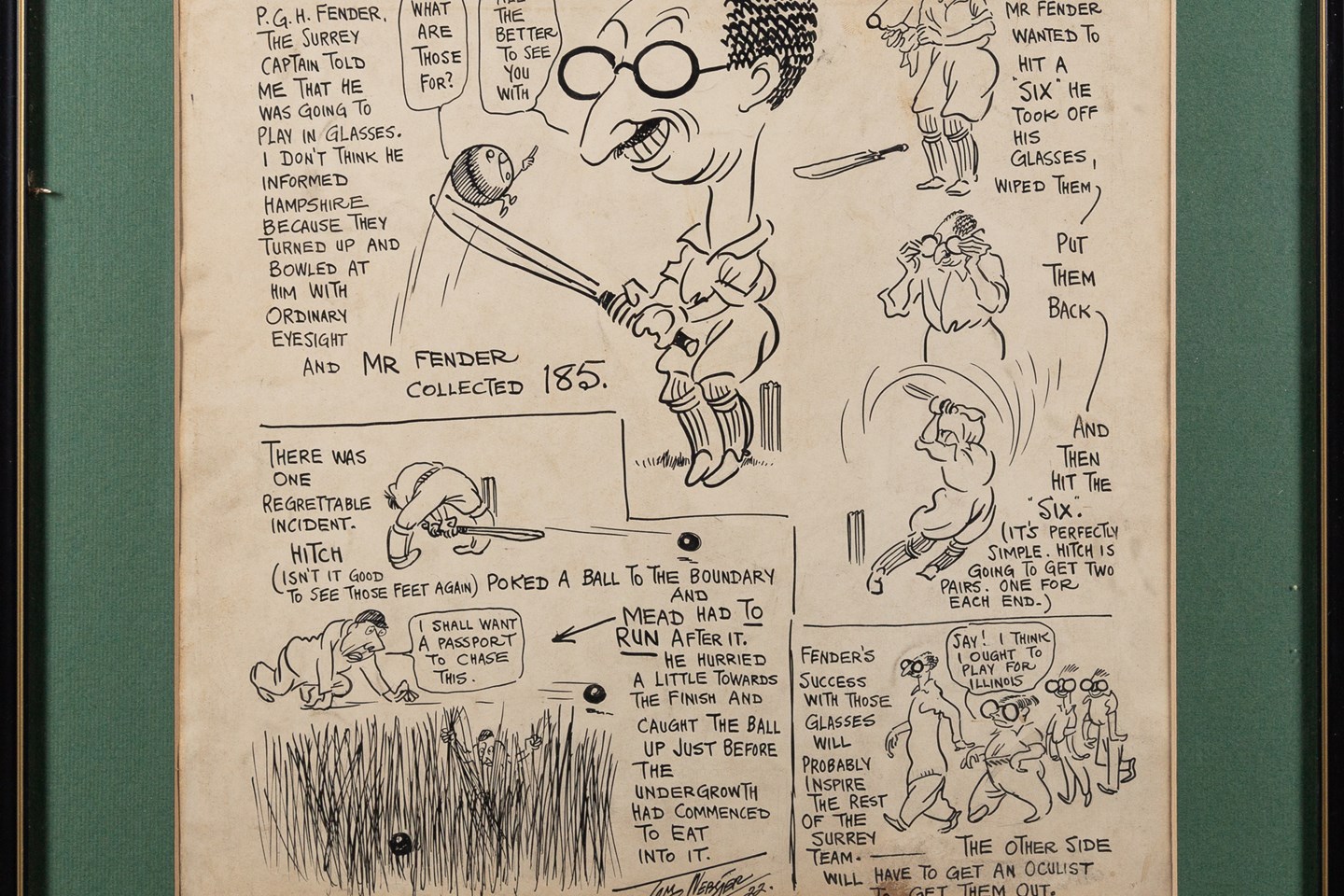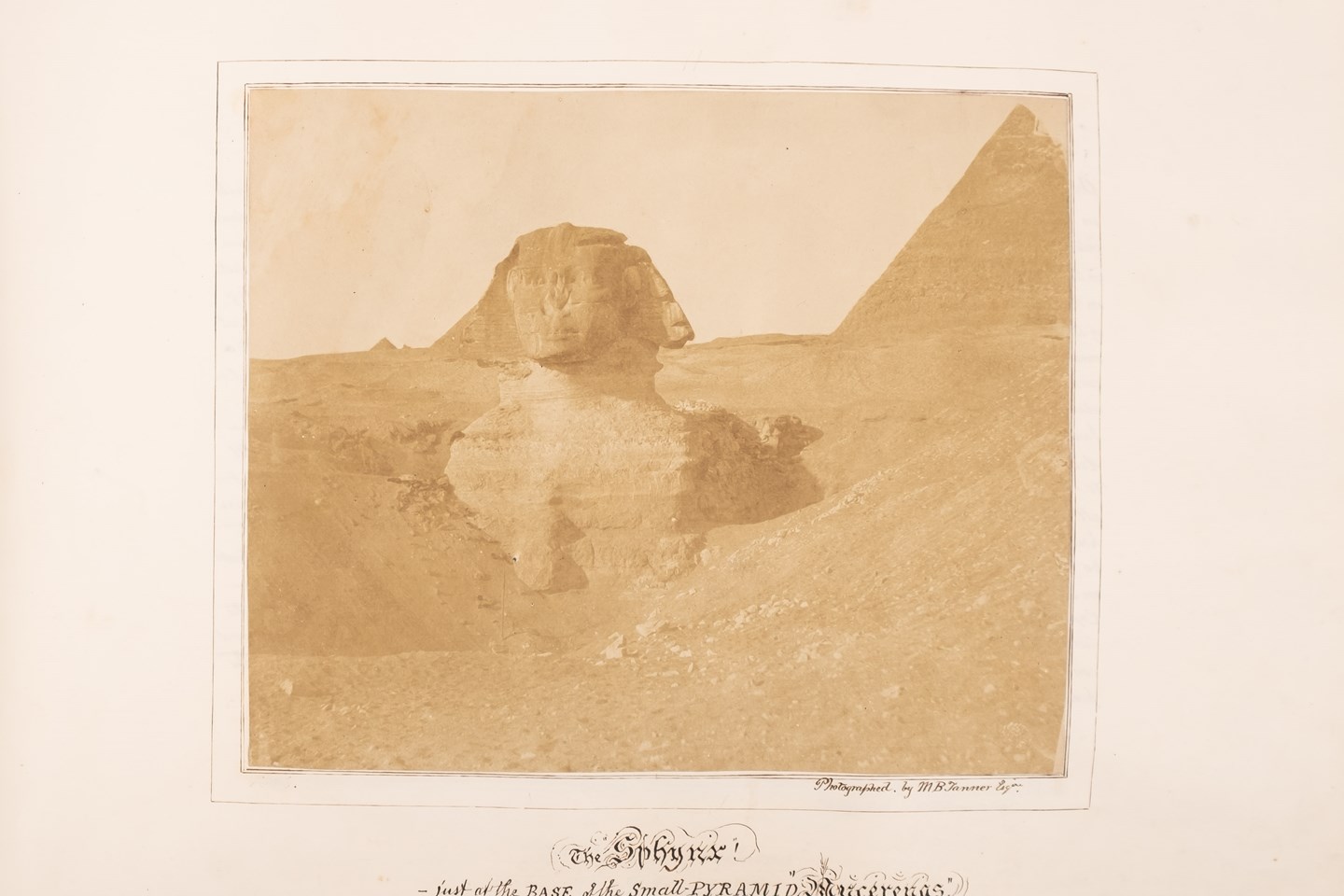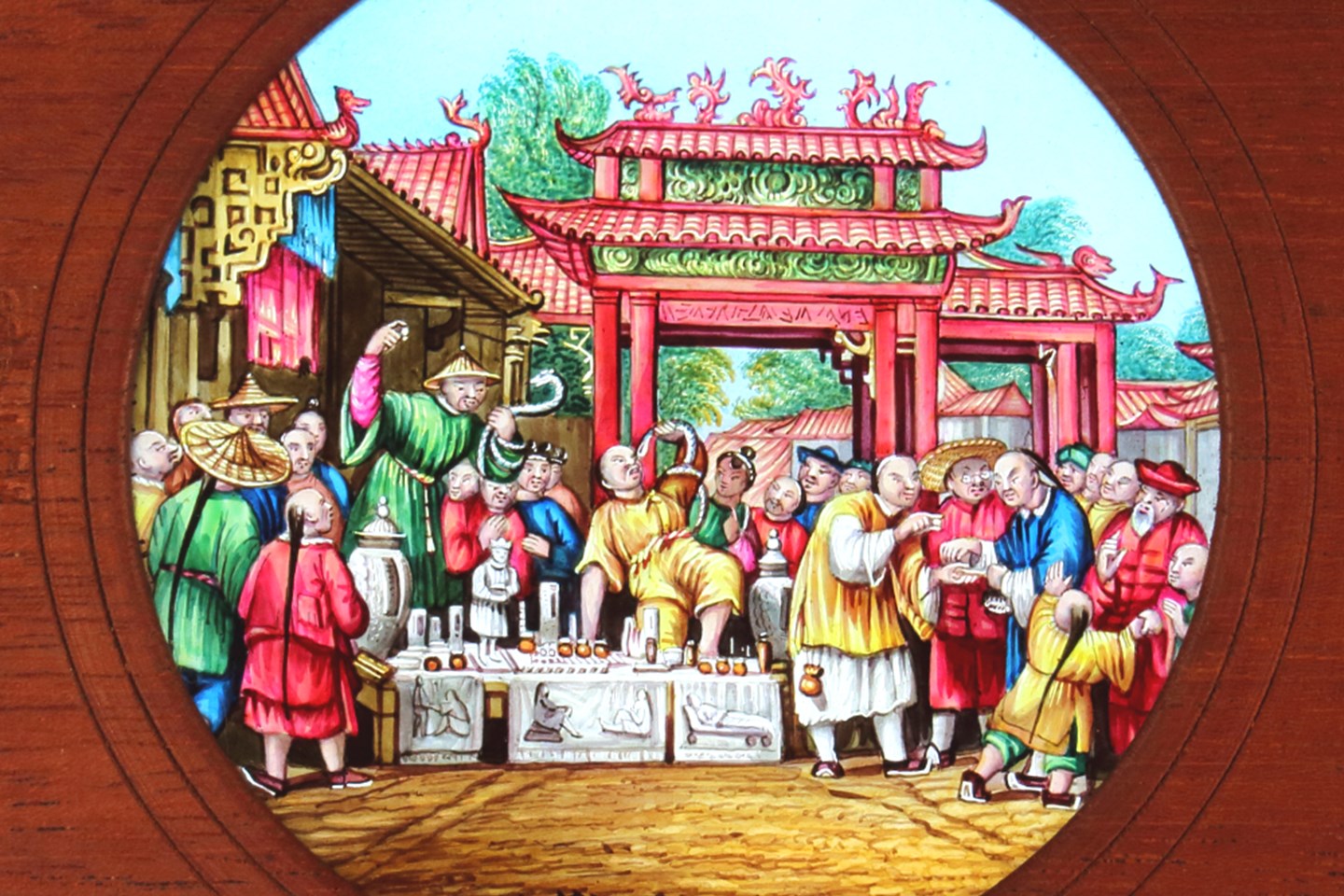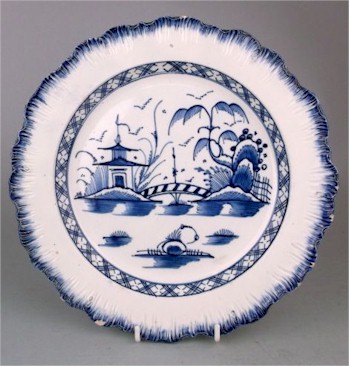
A pearlware plate attributed to Liverpool showing a typical candy stripe bridge.
Until relatively recently research into blue painted decoration on earthenware has been something of an overlooked subject perhaps because the decoration can be somewhat varied and quirky and the quality of these wares can on occasions be dubious. To me, these qualities lend them something of a naïve charm that can be lacking in porcelain.
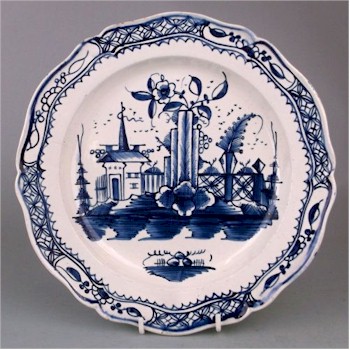
A busy and nicely painted, but as yet unidentified creamware plate.
Following the evolving fashion for 'top end' blue and white Chinese porcelain during the latter half of the eighteenth century, this earthenware equivalent is almost exclusively painted in the Chinese idiom, albeit with rather Anglicised Oriental figures and landscapes.
More refined than the previous coarser and less resilient delftware, it was the finer potted creamware and pearlware bodies that found favour with painters and allowed them to produce porcelain 'lookalikes' with a greater degree of success. However, as alluded to, although the painting could be executed with a high degree of precision, it could also on just as many occasions be seen as charmingly loose, bordering on slapdash. There could be several reasons to excuse this ranging from the difficulties of painting directly onto the raw, but dry clay (before it was dipped into the glaze), through to the pressures of consistent painting on commercial volumes of plates and pots. It was probably these inconsistencies in scheme and colour that eventually lead to the use of transfer printing as the favoured means of decorating blue and white earthenware.
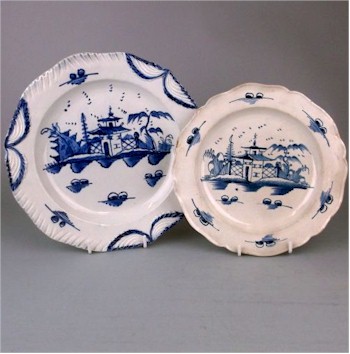
A pearlware and a creamware plate in the Pagoda and Fence pattern attributed to William Greatbatch.
Unlike the Oriental market which it was trying to imitate, it wasn't shipped half way around the world, but tended to be produced domestically, primarily for local consumption. Towns that have been positively identified from extant marked pieces and from factory wasters and archaeological finds include Leeds, Liverpool, Swinton, Bovey Tracey and various Staffordshire concerns such as Wedgwood, Davenport and William Greatbatch. Many of these owing to pioneering work by Lois Roberts now have a checklist of stylistic architectural features, flora and typical schemes.
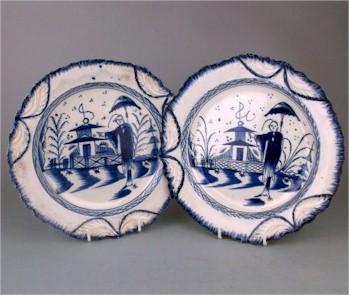
A pair of 'Three Dot Group' plates in the Long Eliza pattern, note the differences in vegetation and fence panels.
There are also a number of wares that fall into recognisable groups, that suggest they emanate from a single stable of painters or from an unidentified geographical location amongst these are the so called Three Dot Group, the Sponged Tree Group and the Bizarre House Group. Despite advances, there is still a substantial volume of blue painted creamware, pearlware and in some cases salt glazed stoneware that is yet to be positively attributed.
Generally, these pieces are not expensive to purchase, perhaps because most like to know what they are spending their money on and much of this ware currently defies identification. Whilst the producers aimed to provide highbrow items for a clientele who couldn't afford the real thing, they did in some cases succeed, but in many others they produced nuanced and often naively decorated earthenware that seem to have a life and character all of its own. In short these blue and white decorated pieces aren't perfect, but to me they are much better than that.
- Bearnes Hampton & Littlewood
- Pottery Auctions
- Creamware
- Pearlware
Blue and White Painted Pearlware and Creamware was written on Friday, 1st May 2015.






